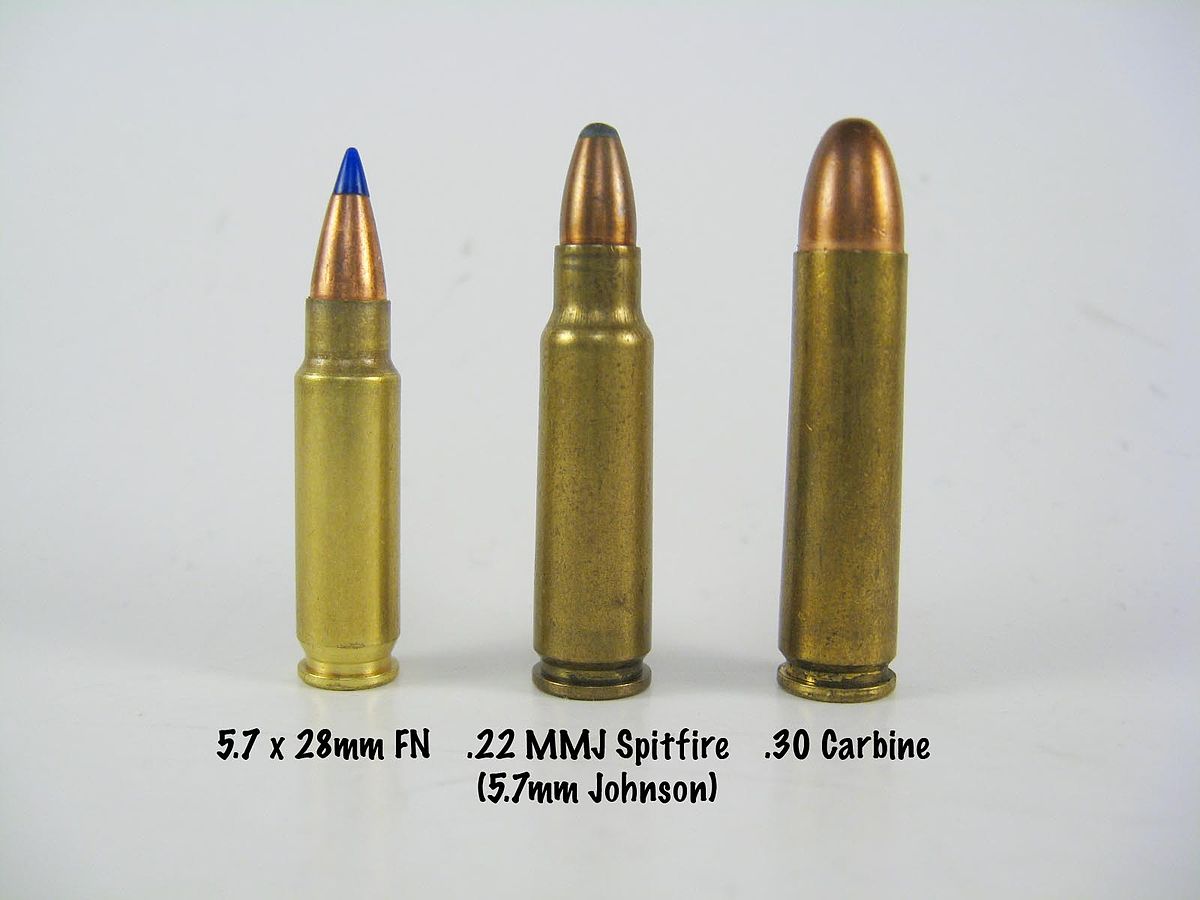Deleted member 1487
Since the rest was covered by others, the issue with the case expansion was twofold: first they needed the larger case to allow for the use of existing service powders to get the same performance if needed (aka there was any issue with the expansion of the supply of the new powder Pedersen used) which AFAIK were lower energy so required more grains of powder to achieve the same pressure. Second there was no need for the heavily tapered case of the .276 Pedersen 'original' because they didn't need to extract it from the Pedersen delayed blowback rifle, which did not use flutes to aid extraction (delayed blowback extracts at higher pressures than gas piston systems due to cycling more quickly) but rather a high degree of taper and lubricated cartridges (hard wax that only melted at over 200 degrees F). So without any need for the Pedersen case dimensions and to allow for use of older existing production powders the 12mm diameter case was basically the only option the army would accept. Plus the added bonus of not having to use a different set of machines to make the cartridge case, which cut down on tooling expenses. Given the budget issues after 1929 that makes all the sense in the world.the development of the t2 cartridge mirrors what happened to the .280 brit in the 50's
the rim diameter went from 11.4mm to 12.0 mm
this suggests the intent of moving away from the dimensions of the original .276
The situation with the British cartridge is a bit different, but many of the same elements are still there. Stupidly, despite testing the CETME ammo and rifle at the same time as they were developing the M14 and 7.62 NATO, they didn't take any hints from Spanish/German bullet designs which fixed the problem (could still use 7.62 and shortened .30-06 cases!) and would have worked in the rifle designs everyone wanted.
